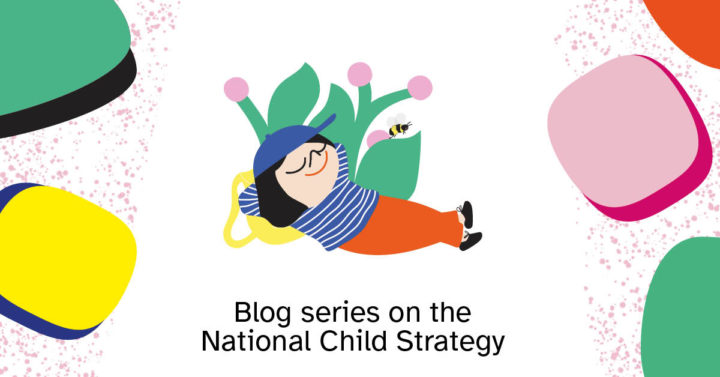Action required to uphold children’s right to participate in cultural life
Blogs
Childhood and youth are important stages in life, when people practise self-expression and interactional skills and they build their identity: who do I identify with, what are the things that are important to me, what do I want to become?
To go through these important developmental phases, children need support from their loved ones and from society. In fact, every child is entitled to this support under the UN Convention on the Rights of the Child (e.g. Articles 18 and 29):
“States – – shall render appropriate assistance to parents and legal guardians in the performance of their child-rearing responsibilities – – education of the child shall be directed to: (a) the development of the child’s personality, talents and mental and physical abilities to their fullest potential”
Research shows that art supports children and young people in learning as well as in the development of their personality and mental capabilities, such as:
- creative and critical thinking;
- emotional and interpersonal skills; and
- the development of self-awareness and self-expression skills.
(Sitra & Taikusydän 2017, Sitra 2018.)
Article 31 of the Convention on the Rights of the Child defines children’s right to participate freely in cultural life and the arts. Every child has, thus, the right to create and experience art, regardless of where the family lives or their financial circumstances. But what measures have been taken in Finland to promote children’s right to cultural life?
Culture as part of education and upbringing
One solution is culture education plans linked to basic education, which describe how cultural, artistic and heritage education is implemented in practical terms as part of the curriculum. However, not all municipalities have a plan, and in some it has expired or has never been implemented.
This situation has been improved by the national cultural education programme Art Testers (taidetestaajat.fi), which reaches all 8th graders in Finland and allows every child to visit an event or institution such as a theatre production, an art museum or a symphony orchestra concert at least once while at comprehensive school.
However, funding for the Art Testers programme is temporary, and the future of the programme is uncertain after the academic year 2023–24. Funding for the development of cultural education plans will also cease at the end of 2024, and a permanent structure for the national coordination and development of the plans has not yet been established.
We encourage Finland to follow the example of those countries (e.g. Norway, Portugal and Latvia) where cultural education plans are promoted through specific programmes. Resources are needed for development efforts as well as for adapting plans to new curricula. The Art Tester programme should also be integrated into the Finnish comprehensive school and cultural education plans as a permanent feature.
Diverse artistic and cultural activities carried out in comprehensive schools promote the equal realisation of children’s cultural rights. They are also an important step towards the cultural goal described in the Convention on the Rights of the Child, which is the development of children’s personality and mental abilities to their fullest potential.
Bibliography:
Sitra / Taikusydän (2017). Näkökulmia taiteen ja kulttuurin sosiaalisen hyvinvoinnin vaikutuksiin (pdf) in Finnish
Sitra (2018). Näkökulmia taiteen ja kulttuurin vaikutuksista oppimiseen (pdf) in Finnish
